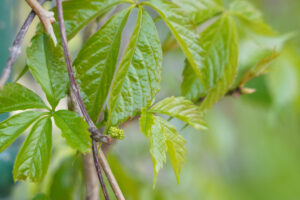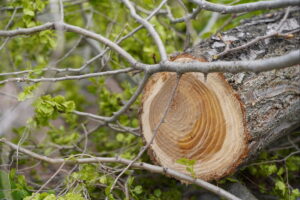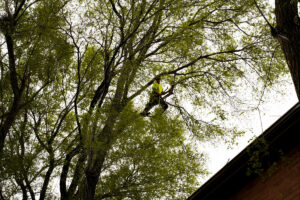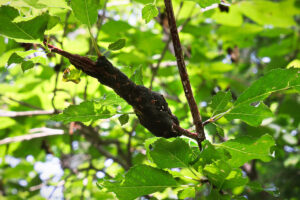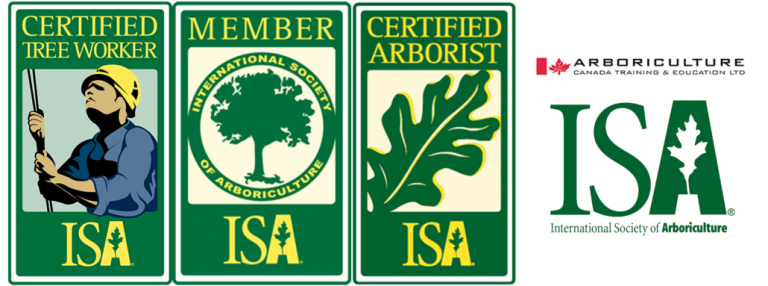Tree Care – Mitigate the Effects of Root Rot
When considering the overall health of their trees, most homeowners will look at things such as broken branches or decreased foliage. Yet another more insidious tree killer can be found at a tree\’s very roots, namely root rot.
Often first appearing as a cluster of fungi (conks) near a tree\’s base; root rot is a serious disease that can dramatically decrease the lifespan of a hardwood tree. While it affects many trees; it is more likely to be contracted by an older tree or a tree that has sustained injury to its base. Another contributing factor that may make a tree more likely to fall prey to root rot is poor soil.
Root rot not only drastically shortens the life of a tree; it also makes it less able to withstand extreme conditions, such as drought, prolonged and heavy rainfall and extreme heat. Another sobering fact about root rot is that it is contagious, and can spread to other trees in close proximity or even to trees planted in the same area where the diseased tree stood.
Prevention is Key
To avoid root rot, prevention is of the utmost importance. Trees need to be protected from root damage and wounds. Also, after the removal of a diseased tree, the stump should be completely removed and soil sterilization should be carried out.
Fortunately, professional tree care can mitigate the effects of root rot. Your arborist can trim your ailing tree in a manner that promotes growth and vigor. And fertilize it so that it can better cope with the effects of this debilitating disease; thereby enabling it to live longer. Your arborist can also remove diseased trees. And sterilize the soil in a manner that makes it safe to plant replacement trees at the appropriate time.
For more tips on how to have healthier trees, and assistance in protecting those that you currently have, you can follow along on Facebook and Instagram, or you can contact us here if you have any questions.

